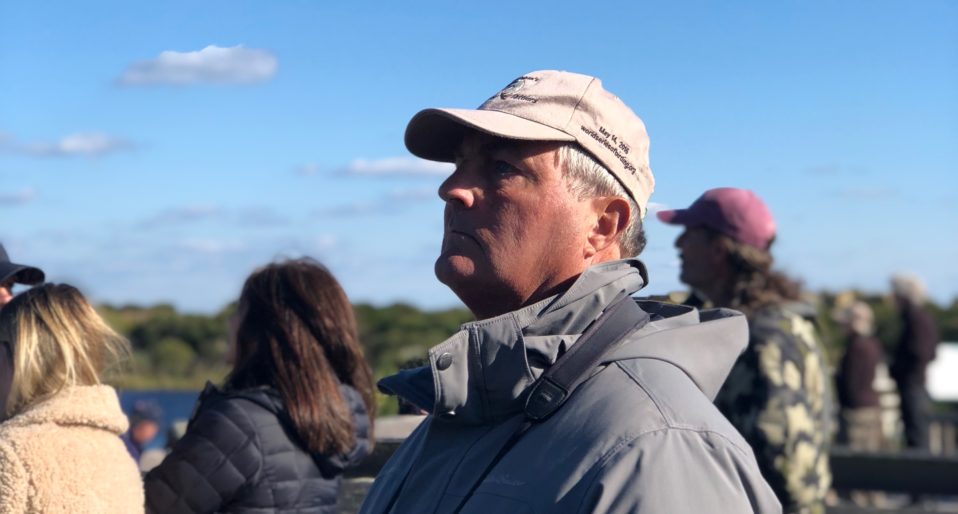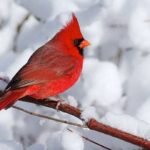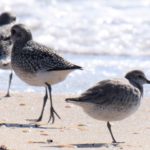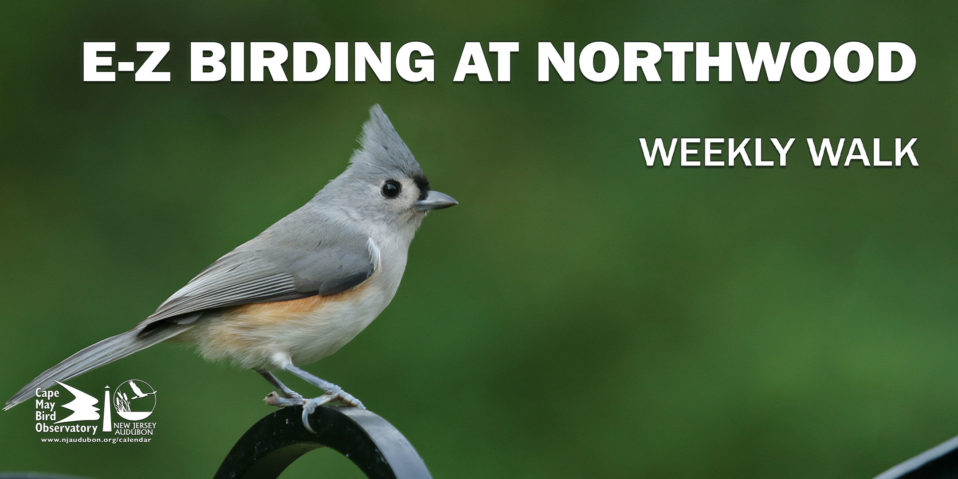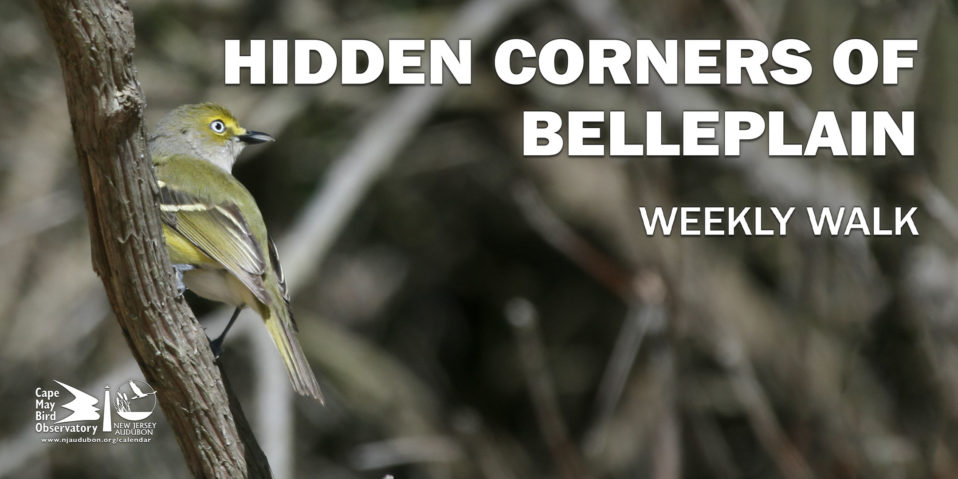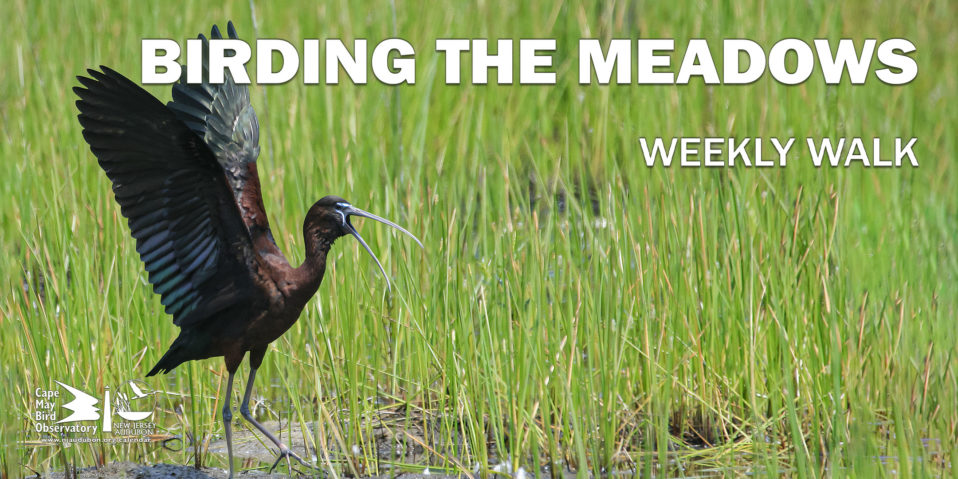New Jersey Audubon’s Cape May Festival is over. Autumn must be waning, you think.
Think again. There are still weeks of Autumn ahead. Fact is bird migration continues until February. November and December are migratory prime time for some species of raptors and water birds.
Big burley buteos like Red-tailed and Red-shouldered Hawk are migrating now. Brandishing plumage traits that project the hues of autumn turned oaks, these late season migrants use the gale force winds of November to propel them south. So protracted is their migration that December Bird Counts conducted after the passage of a cold front show elevated numbers of buteos and even Golden Eagles in some count circles.
Blanketing snow is another migratory trigger. Buteos that short-stopped their migration in New England and New York state are often brought to regret their decision when northern regions are blanketed by deep snow. You can’t catch what you can’t see, and when rodents lie under an eye defeating blanket of snow, rodent eating raptors must travel on or go hungry. I’ve had migrating Rough-legged Hawks turn up in South Jersey as late as February, following blanketing snow falls farther north.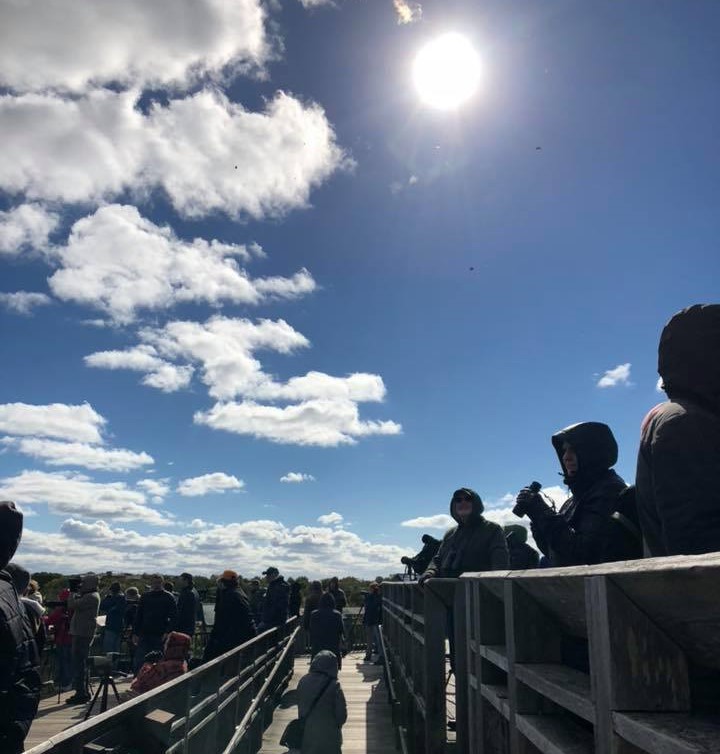
As for water birds. Red-throated Loons routinely migrate down the coast right through February. When falling temperatures sheath the Great Lakes in ice, Red-necked Grebes and other lingering water birds are forced south and east in search of open water.
Many northern finches are essentially nomadic in winter. Wandering in search of seed bearing vegetation. Our region’s greatest influx of Common Redpoll often do not occur until late February, after these nimble northern breeders exhaust the food resources of New England. One morning you’ll wake, to find your birch trees festooned with these red-capped acrobats. If you want to keep them in the neighborhood, an offering of thistle seed will insure their continued presence.
Most winter finch respond well to black oil sunflower seed, including Evening Grosbeaks which may be staging a modest irruption this year. If not grosbeaks, Blue Jays will flock to your feeders. These colorful forest birds migrated in huge numbers this fall, searching for the acorns that northern oak forests failed to produce.
So don’t hang up your binoculars just yet. Birds are still jockeying around, searching for the food resources that will sustain them through the winter. You can help by keeping your bird feeders full. For tips on attracting birds to your yard, your New Jersey Audubon store staff are your first resource and the last word regarding what food types are most attractive to which species.
Pete Dunne
NJ Audubon Birding Ambassador
Author Birds of Prey and coauthor Hawks in Flight





